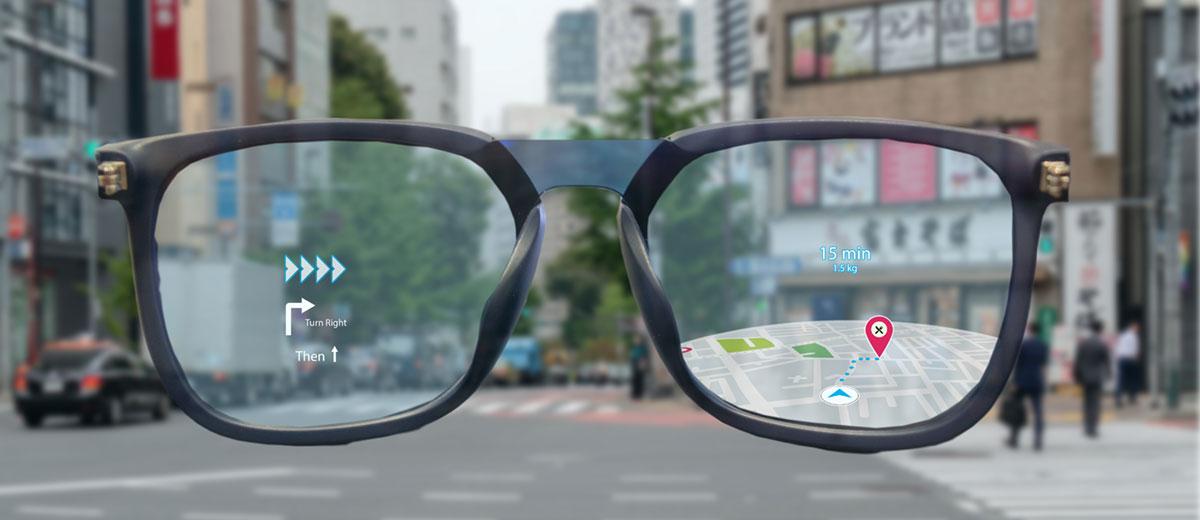
Whether you’re getting directions to the nearest coffeeshop in walking distance from a pair of smart eyeglasses, or wearing a headset to simulate a ski jump, you’re utilizing something called Extended Reality. XR, as it’s also called, is an umbrella term that includes technologies such as Augmented Reality (AR), Virtual Reality (VR), and Mixed Reality (MR), either to provide more information about our actual environment to enhance our senses, or else to create completely artificial experiences.
Extended Reality is an idea that’s been around for a long time. Science fiction writer Stanley G. Weinbaum may have been the first to envision it back in 1935, when he wrote a story, “Pygmalion’s Spectacles,” in which a professor invents a pair of goggles that allow moviegoers to taste, smell and touch imaginary things, talk to fictional characters and immerse themselves in a story that happens around them, instead of on a screen. In 1962, a cinematographer named Morton Heilig patented Sensorama, in which a person sat in a semi-enclosed cabinet and experienced a stereoscopic 3-D display, augmented by a fan that spread aromas and a vibrating chair to simulate movement. In the late 1970s, Massachusetts Institute of Technology researchers developed an early VR mapping simulation that allowed users to move through the streets of Aspen, Colo. In the early 1990s, Boeing researchers developed the first AR application, which guided aircraft assembly workers on how to install wiring. Since then, XR devices have grown increasingly miniaturized -- and become wearable.
While Extended Reality is still in its early phase, it’s already growing explosively, so that by 2022, sales of XR technology could surpass $200 billion. A recent Forbes article describes some of the ways in which various types of XR technology could radically transform our lives and work. In the future, for example, you may do a lot of your shopping with XR apps, which enable you to see how a new couch or chair would look in your living room. And you might work in an XR-powered virtual office environment, in which your coworker at the next desk might actually be thousands of miles away. And according to Live Science, AR-enabled contact lenses that display information right in front of your eyes someday might take the place of phone and computer screens. Telecommunications researchers predict that the advent of 5G wireless networks, which will make it possible to transmit vast amounts of data more quickly, will help make XR even more powerful and sophisticated.
By Patrick J. Kiger. January 6, 2020
More to Explore: All About Augmented Reality | History & Science of Virtual Reality | The Science of Self-Driving Cars

